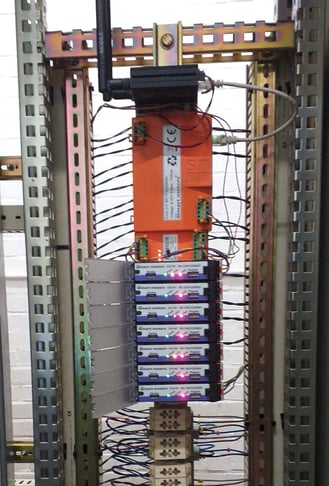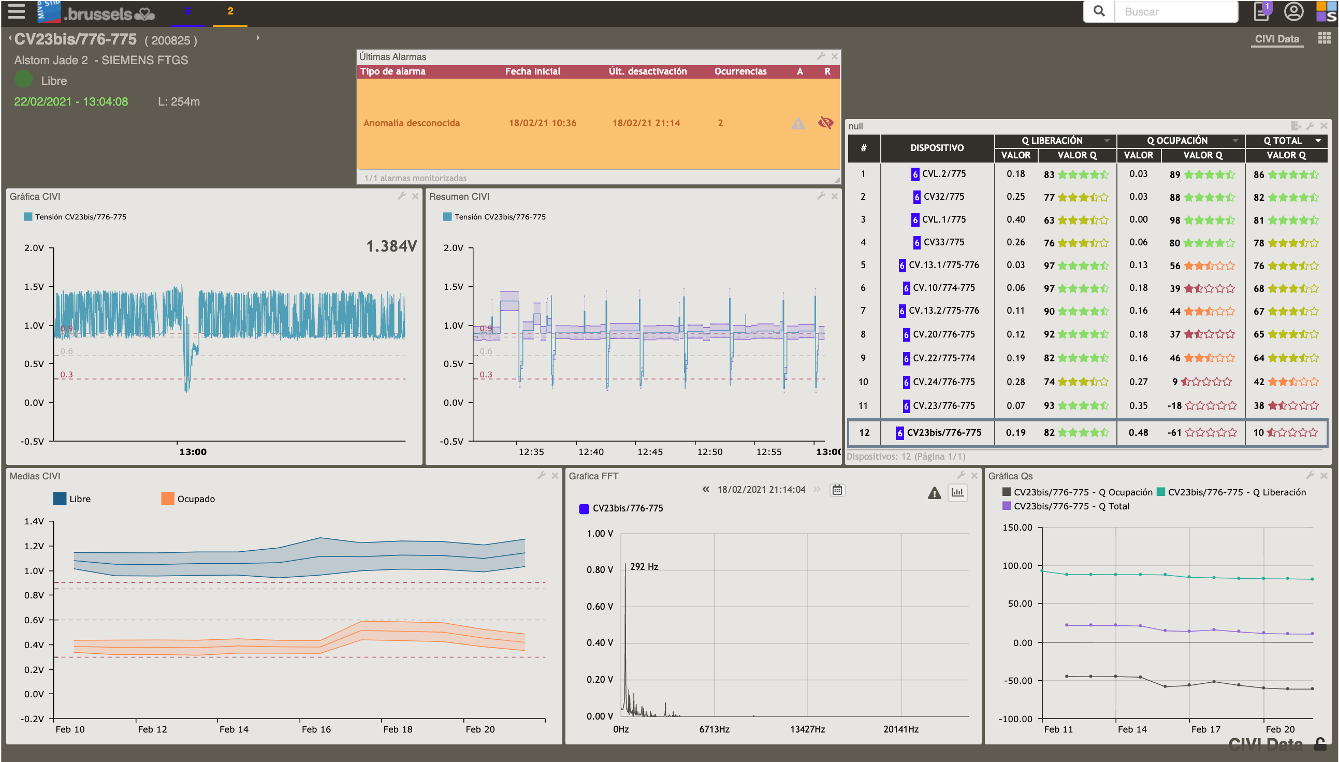Claude-Olivier Batunguanayo has been working for over 17 years in the field of infrastructure, where he began with the challenge of creating a 4.0 asset maintenance and replacement policy. In 2012 he started in the railway sector where he continues to act as head of Asset Management for the STIB. In 2019, he received the task of carrying out a Proof of Concept on the monitoring of track circuits, for which the smart motor devices called CIVIs and the DAVANA platform have been used.
- What was the purpose of the PoC?
The goal of the PoC was to increase the MTBF by 50% of the track circuits where the technology was deployed, since there was room for improvement in this aspect compared to the MTBF of other European networks.
- What is your experience with smart motors?
Very positive, mainly in relation to:
- Development of the preliminary project, collection of information, organization of the installation, etc
- Customer orientation
- Meetings during the project to exchange opinions
- Very easy to add functionalities to the platform according to our needs
- Vocation to improve maturity
- What do you think about the capacity of the CIVI to assess the state of health of track circuits?
The CIVIs have proven to be capable of detecting problems that are happening or are going to happen, analyzing the causes. Technically, the solution provides numerous information with high added value. It has allowed us to reconfigure the circuits to place them at more stable occupancy and release values, and signal degradation trends have been identified and corrected.
- And how do you rate the offer in Digitization solutions for the railway sector?
It is a very attractive and booming market, although the service offer is in full evolution.
Between the different types of suppliers that currently exist, companies such as smart motors are distinguished, whose dedication is mainly this, with a clear vocation for service and with products in production and mature
- How does the use of CIVIs reduce preventive maintenance needs?
In our case, years before this PoC, we agreed with the track circuit manufacturer on an optimized preventive maintenance plan, which has been in use for several years with good results. This involved reducing the frequency of preventive maintenance to once a year and simplifying the process, going from performing limit shunt measurements to one-off measurements.
In the other hand, for those networks in which maintenance plans are biannual and maintenance is more complex, CIVIs offer a great opportunity for savings.
- In general, how are monitoring devices perceived?
From my point of view, railway signaling is becoming more and more computerized and in the future there will be little equipment on the track. Furthermore, at the infrastructural level, there are many opportunities given due to the large number of systems exposed to the environment and with components that degrade.
- To conclude, do you recommend track circuit monitoring?
Decision makers must assess case by case, considering: how much they invest in preventive maintenance, what rate of reliability improvement they have, size of the network and distance to the furthest points, valuation of lost km, etc.

smart motors is very grateful to all the staff in STIB, and specially to Mr.Claude-Olivier Batunguanayo for leading this initiative.
Today, DAVANA offers a wide range of solutions. We are highly committed to support operators in fulfilling unattended needs and facing the many challenges along the road of success.





